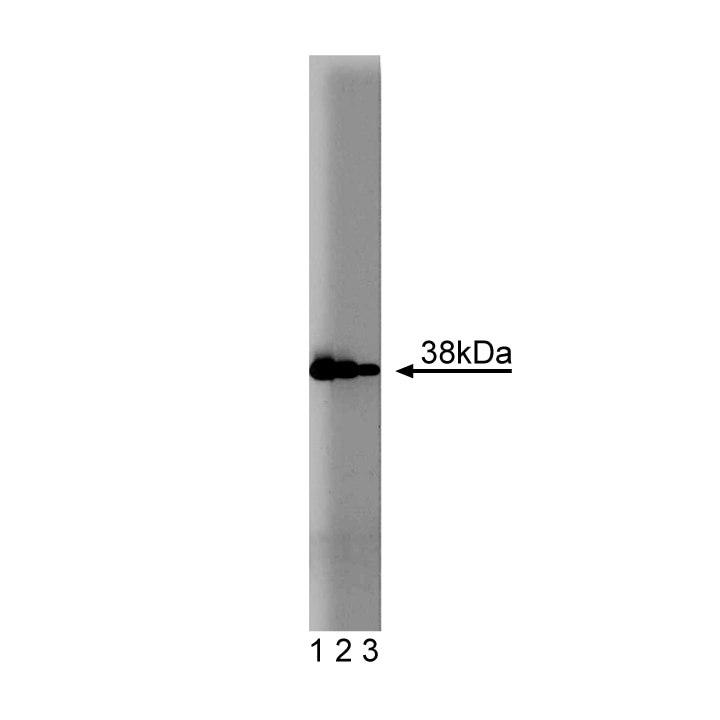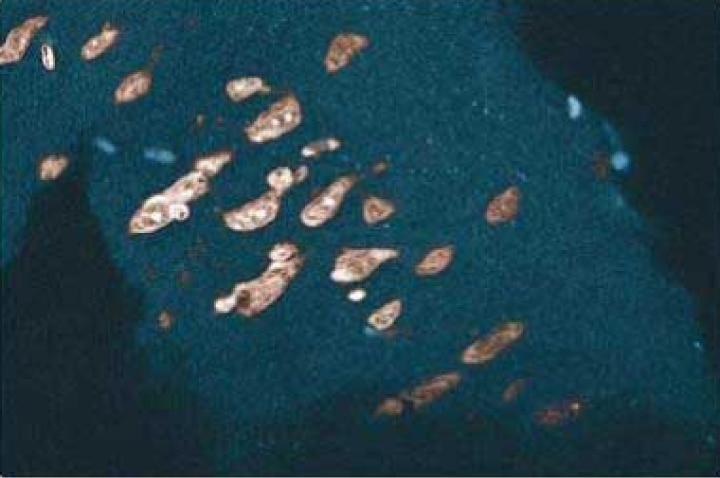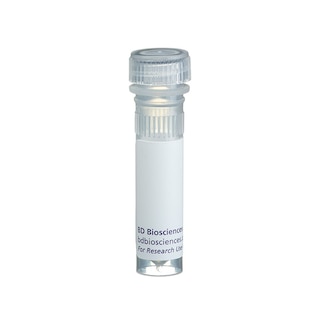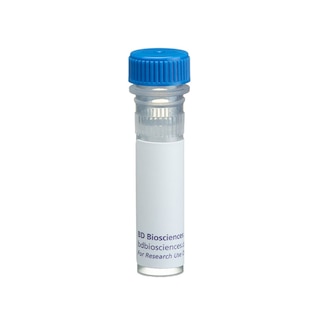-
Reagents
- Flow Cytometry Reagents
-
Western Blotting and Molecular Reagents
- Immunoassay Reagents
-
Single-Cell Multiomics Reagents
- BD® OMICS-Guard Sample Preservation Buffer
- BD® AbSeq Assay
- BD® Single-Cell Multiplexing Kit
- BD Rhapsody™ ATAC-Seq Assays
- BD Rhapsody™ Whole Transcriptome Analysis (WTA) Amplification Kit
- BD Rhapsody™ TCR/BCR Next Multiomic Assays
- BD Rhapsody™ Targeted mRNA Kits
- BD Rhapsody™ Accessory Kits
- BD® OMICS-One Protein Panels
-
Functional Assays
-
Microscopy and Imaging Reagents
-
Cell Preparation and Separation Reagents
-
- BD® OMICS-Guard Sample Preservation Buffer
- BD® AbSeq Assay
- BD® Single-Cell Multiplexing Kit
- BD Rhapsody™ ATAC-Seq Assays
- BD Rhapsody™ Whole Transcriptome Analysis (WTA) Amplification Kit
- BD Rhapsody™ TCR/BCR Next Multiomic Assays
- BD Rhapsody™ Targeted mRNA Kits
- BD Rhapsody™ Accessory Kits
- BD® OMICS-One Protein Panels
- Denmark (English)
-
Change country/language
Old Browser
This page has been recently translated and is available in French now.
Looks like you're visiting us from United States.
Would you like to stay on the current country site or be switched to your country?
BD Transduction Laboratories™ Purified Mouse Anti-Annexin I
Clone 29/Annexin I (RUO)




Western blot analysis of Annexin I on a human endothelial cell lysate. Lane 1: 1:5000, lane 2: 1:10,000, lane 3: 1:20,000 dilution of the mouse anti-Annexin I antibody.

Immunohistochemical staining of a rabbit cerebrum section.


BD Transduction Laboratories™ Purified Mouse Anti-Annexin I

BD Transduction Laboratories™ Purified Mouse Anti-Annexin I

Regulatory Status Legend
Any use of products other than the permitted use without the express written authorization of Becton, Dickinson and Company is strictly prohibited.
Preparation And Storage
Recommended Assay Procedures
Western blot: Please refer to http://www.bdbiosciences.com/pharmingen/protocols/Western_Blotting.shtml
Product Notices
- Since applications vary, each investigator should titrate the reagent to obtain optimal results.
- Please refer to www.bdbiosciences.com/us/s/resources for technical protocols.
- Caution: Sodium azide yields highly toxic hydrazoic acid under acidic conditions. Dilute azide compounds in running water before discarding to avoid accumulation of potentially explosive deposits in plumbing.
- Source of all serum proteins is from USDA inspected abattoirs located in the United States.
Data Sheets
Companion Products


.png?imwidth=320)
Annexin I, also known as lipocortin-1 or calpactin II, is part of a calcium-dependent phospholipid-binding protein family. Members share a common core domain, but each has a unique N-terminal tail that imparts its functional specificity. It is believed that phosphorlyation of this region in annexin I regulates its functions. Annexin I has been implicated in regulating phospholipid vesicle aggregation, mediating inflammatory response, and inhibiting the activity of phospholipase A2. Additionally, it has been found that the 10 kDa protein S100C influences annexin I's activity by binding to the N-terminal 13 residues of annexin in a manner similar to that of the annexin II/p11 complex.
Development References (4)
-
Chasserot-Golaz S, Vitale N, Sagot I, et al. Annexin II in exocytosis: catecholamine secretion requires the translocation of p36 to the subplasmalemmal region in chromaffin cells. J Cell Biol. 1996; 133(6):1217-1236. (Biology). View Reference
-
Graham ME, Gerke V, Burgoyne RD. Modification of annexin II expression in PC12 cell lines does not affect Ca(2+)-dependent exocytosis. Mol Biol Cell. 1997; 8(3):431-442. (Biology). View Reference
-
Hansen MD, Ehrlich JS, Nelson WJ. Molecular mechanism for orienting membrane and actin dynamics to nascent cell-cell contacts in epithelial cells. J Cell Biol. 2002; 277(47):45371-45376. (Biology: Immunofluorescence, Immunoprecipitation, Western blot). View Reference
-
Regnouf F, Sagot I, Delouche B, et al. "In vitro" phosphorylation of annexin 2 heterotetramer by protein kinase C. Comparative properties of the unphosphorylated and phosphorylated annexin 2 on the aggregation and fusion of chromaffin granule membranes. J Biol Chem. 1995; 270(45):27143-27150. (Biology). View Reference
Please refer to Support Documents for Quality Certificates
Global - Refer to manufacturer's instructions for use and related User Manuals and Technical data sheets before using this products as described
Comparisons, where applicable, are made against older BD Technology, manual methods or are general performance claims. Comparisons are not made against non-BD technologies, unless otherwise noted.
For Research Use Only. Not for use in diagnostic or therapeutic procedures.